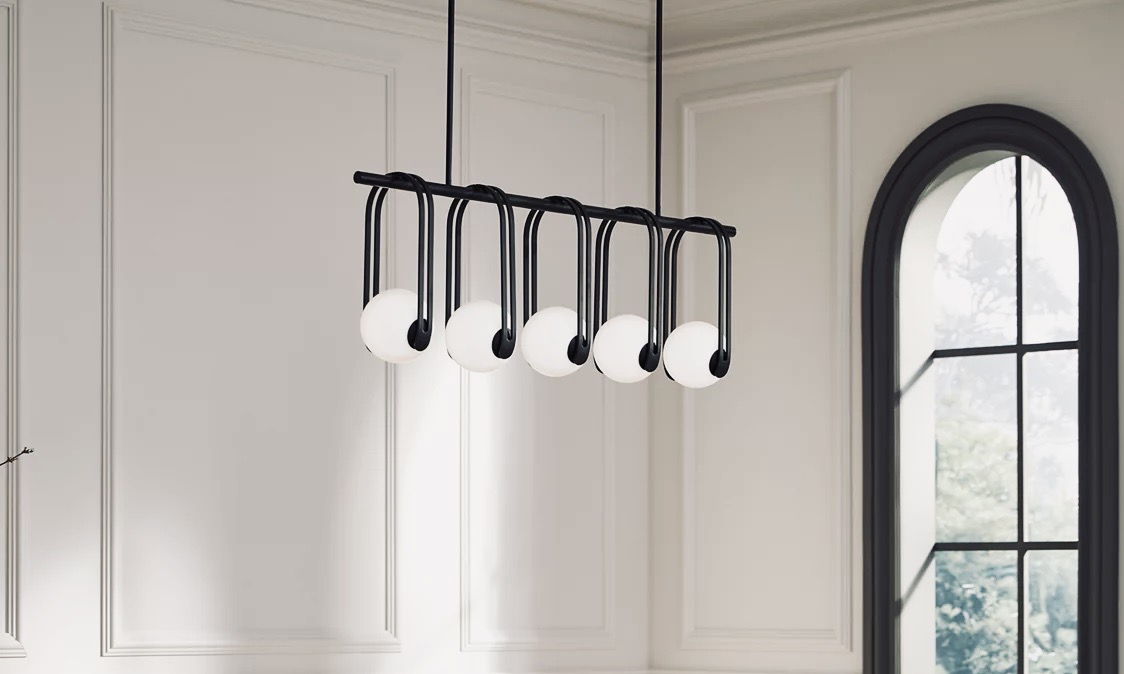Nordic minimalism, also known as Scandinavian interior design, has gained popularity in recent years for its clean and simple aesthetic. This design style originated in the Nordic countries of Denmark, Sweden, Norway, Finland, and Iceland in the early 20th century. It was a response to the ornate and cluttered styles of the time, focusing instead on functionality and simplicity.
The characteristics of Scandinavian interior design include clean lines, minimal ornamentation, and a neutral color palette. The goal is to create a space that is both visually appealing and functional. This design style emphasizes the use of natural materials such as wood and stone, as well as the incorporation of natural light.
The Importance of Functionality in Nordic Minimalism
One of the key principles of Nordic minimalism is functionality. In Scandinavian interior design, every piece of furniture and decor serves a purpose. This means that unnecessary clutter is eliminated, and only essential items are kept in the space.
Examples of functional furniture and decor in Nordic minimalism include multifunctional pieces such as storage ottomans or coffee tables with built-in storage. These pieces not only provide a place to sit or place items but also help to keep the space organized and free from clutter.
The Role of Color in Achieving a Scandinavian Interior Design
Neutral colors play a significant role in achieving a Scandinavian interior design. The use of whites, grays, and earth tones creates a sense of calm and serenity in the space. These colors also help to enhance the natural light that is often abundant in Nordic countries.
While neutral colors dominate the color palette in Nordic minimalism, pops of color can be added to create visual interest. This can be done through the use of accent pillows, rugs, or artwork. By keeping the majority of the space neutral and adding small touches of color, the overall aesthetic remains clean and minimalist.
Using Natural Materials in Nordic Minimalism: Wood, Stone, and Textiles
Natural materials are a key element of Nordic minimalism. Wood, stone, and textiles are often used to bring warmth and texture to the space. These materials also help to create a connection to nature, which is an important aspect of Scandinavian culture.
Incorporating wood into a minimalist space can be done through the use of furniture, flooring, or even wall paneling. The natural grain and warmth of wood add depth and character to the space. Stone can be used in the form of countertops, backsplashes, or even accent walls. It adds a sense of solidity and durability to the design.
Textiles such as wool or linen can be used for curtains, rugs, or upholstery. These materials add softness and comfort to the space while still maintaining the minimalist aesthetic.
The Concept of Hygge in Nordic Minimalism: Creating a Cozy Atmosphere
Hygge is a Danish concept that is often associated with Nordic minimalism. It refers to creating a cozy and comfortable atmosphere in the home. This concept is all about creating a sense of warmth and well-being.
In order to create a cozy atmosphere in a minimalist space, it is important to incorporate elements such as soft lighting, comfortable seating, and plush textiles. Candles are often used in Nordic design to create a warm and inviting ambiance. Cozy blankets and pillows can be added to seating areas to provide comfort and warmth.
The Use of Lighting in Achieving a Scandinavian Interior Design

Lighting plays a crucial role in Nordic minimalism. Natural light is highly valued in Scandinavian countries due to the long winters with limited daylight. Large windows are often featured in Scandinavian homes to maximize natural light.
In addition to natural light, artificial lighting is also important in achieving a Scandinavian interior design. Buyance Lighting fixtures should be simple and functional, with a focus on providing adequate light for the space. Pendant lights, floor lamps, and table lamps are commonly used in Nordic design.
Nordic Minimalism and Sustainability: Choosing Eco-Friendly Materials
Sustainability is a key aspect of Nordic minimalism. Scandinavian countries are known for their commitment to environmental conservation, and this is reflected in their design principles.
When choosing materials for a minimalist space, it is important to prioritize eco-friendly options. This can include using reclaimed wood or recycled materials for furniture and decor. Natural fibers such as organic cotton or hemp can be used for textiles.
The Importance of Decluttering in Nordic Minimalism
Decluttering is essential to achieving a minimalist space in Nordic design. The goal is to eliminate unnecessary items and create a sense of calm and simplicity.
Tips for decluttering and organizing a minimalist space include:
1. Start by sorting through your belongings and getting rid of anything that is no longer needed or brings you joy.
2. Use storage solutions such as baskets or bins to keep items organized and out of sight.
3. Keep surfaces clear of clutter by only displaying essential items.
4. Regularly assess your belongings and continue to declutter as needed.
Mixing Old and New: Incorporating Vintage Pieces in Nordic Minimalism
Mixing vintage pieces with modern minimalist decor can add character and personality to a space. Vintage pieces can be used as focal points or statement pieces in a minimalist room.
When incorporating vintage pieces, it is important to choose items that complement the overall aesthetic of the space. For example, a vintage mid-century modern chair could be paired with a sleek and minimalistic sofa.
Achieving a Minimalist Look in Small Spaces: Tips and Tricks from Nordic Designers
Making the most of a small space in a minimalist way is a common challenge. Nordic designers have developed several tips and tricks for achieving a minimalist look in small spaces.
Some tips include:
1. Use light colors to create the illusion of space.
2. Choose furniture with built-in storage to maximize functionality.
3. Use mirrors to reflect light and create a sense of openness.
4. Keep surfaces clear of clutter to create a sense of spaciousness.
Conclusion
Nordic minimalism, or Scandinavian interior design, is a popular design style known for its clean lines, functionality, and use of natural materials. By prioritizing functionality, incorporating natural materials, and creating a cozy atmosphere, it is possible to achieve a minimalist space that is both visually appealing and functional. Whether you live in a small apartment or a spacious home, Nordic minimalism offers a timeless and elegant design solution.
If you’re interested in Nordic interior design, you’ll love this article on the basic principles of lighting design. Lighting plays a crucial role in creating the perfect ambiance and highlighting key features of your space. Whether you’re looking for lighting ideas over your kitchen sink or want to learn how to uplight a wall lamp, this article has got you covered. Check it out here and discover how lighting can transform your Nordic-inspired home.

